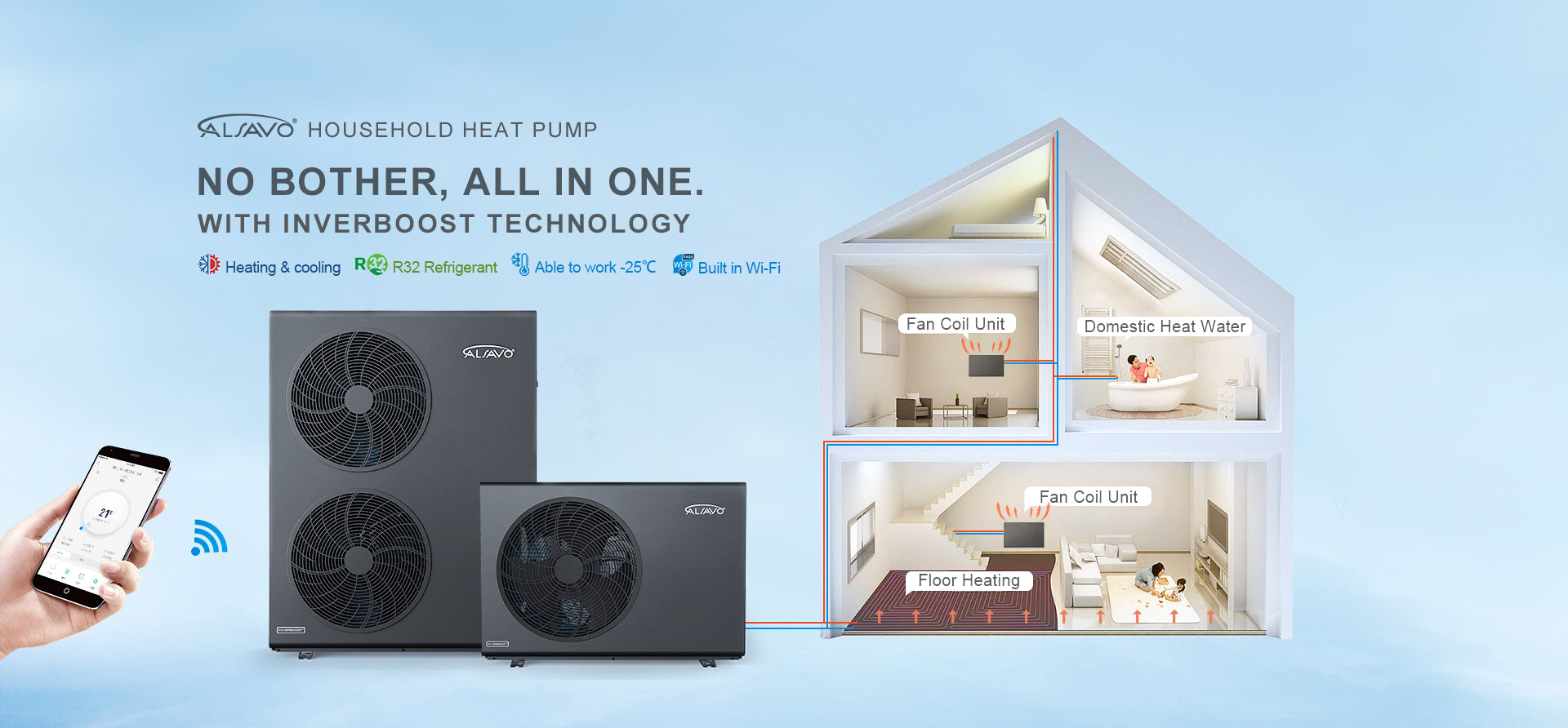Air Source Heat Pumps: A Good Fit For Houses
Air source heat pumps can be suitable for many types of houses
Including country houses. However, there are some factors to consider to ensure that an air source heat pump is a good fit for your specific property:
Insulation: Air source heat pumps work best in homes with good insulation, as this reduces heat loss and means the heat pump doesn't have to work as hard to keep the house warm. If your country house has poor insulation, you may need to invest in additional insulation before installing an air source heat pump.
Heat demand: Air source heat pumps work best in homes with low to medium heat demand. If your country house has high heat demand due to its size or because it's an older property with high ceilings, you may need to install a larger heat pump or consider other heating options.
Outdoor space: Air source heat pumps require outdoor space to be installed, as they need to be located outside your home. If you have limited outdoor space or live in a densely populated area, an air source heat pump may not be the best option for your property.
Planning permission: In some cases, planning permission may be required to install an air source heat pump. This is especially true if you live in a listed building or conservation area. Make sure to check with your local planning authority before proceeding with an installation.
Overall, air source heat pumps can be a good fit for many types of houses
including country houses. However, it's important to consider factors like insulation, heat demand, outdoor space, and planning permission before deciding whether an air source heat pump is the right choice for your property.
Installing an air source heat pump (ASHP) is a great way to heat your home in a more energy-efficient and sustainable way. Here are some general steps you can take if you want to install an ASHP for your house in England:
Determine if an ASHP is suitable for your home: The first step is to assess whether an ASHP is suitable for your home. ASHPs work best in well-insulated homes with good draught-proofing. You should also have enough outdoor space to install the unit.
Choose an ASHP: There are several types of ASHPs available, heat pump companies so it's important to choose the right one for your home. You should consider factors such as the size of your home, your heating needs, and your budget. You may want to consult with a professional air source heat pump manufacturer to help you choose the right ASHP for your needs.
Find a qualified installer: It's important to hire a qualified installer to install your ASHP. You can find a qualified installer through the Microgeneration Certification Scheme (MCS), which is a government-backed scheme that certifies installers of renewable energy technologies.
Get planning permission: You may need planning permission to install an ASHP, depending on the location and size of the unit. You should check with your local planning authority to see if you need permission.
Install the ASHP: Once you have chosen an ASHP and found a qualified installer, the installation process can begin. The installation will involve fitting the unit, connecting it to your heating system, and commissioning it.
Claim government incentives: You may be eligible for government incentives such as the Renewable Heat Incentive (RHI) for installing an ASHP. The RHI is a financial incentive designed to encourage the use of renewable heat technologies, and it can help offset the cost of your ASHP installation.
By following these steps, you can install an ASHP for your house in England and enjoy the benefits of a more sustainable and energy-efficient heating system.
 heat pump companies
heat pump companies
评论
发表评论